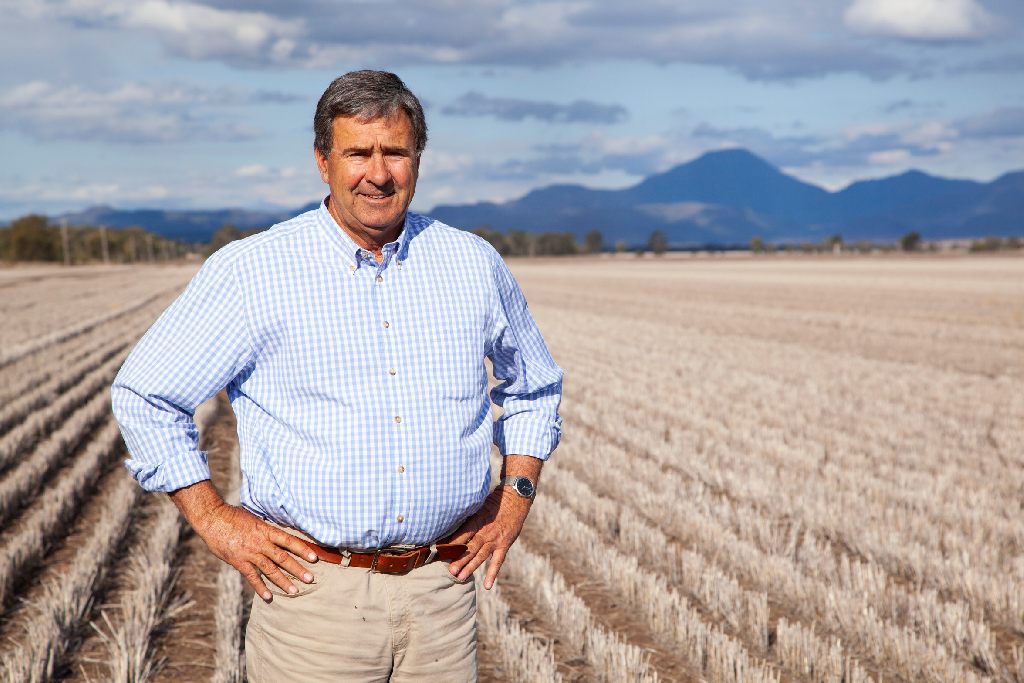Australian Agriculture Outlook - the expected, the unexpected, and Murphy's Law

The Rural Bank 2020 Australian Agriculture Mid-Year Outlook was recently released and, as usual, it contains a thoughtful assessment of where we are at and where we are likely to be going.
While the report contains plenty of detail, the Executive Summary hardly reveals any information that many in the agricultural industry didn’t already know. To quote the summary for the major sectors applicable to north and central western NSW:
| Cattle | A rainfall driven switch to herd rebuilding to tighten supply and support high cattle prices. |
| Sheep | Producers to benefit from favourable seasonal conditions and high prices. |
| Wool | The Australian wool industry will face some significant challenges over the next six months. |
| Cropping | Following the best start to the winter cropping season in several years, an increase in production and lower prices are expected. |
What the report indirectly highlights is the pressing need for forward planning, risk management and the ability for those in agricultural industries to be nimble as conditions change.
It’s hardly surprising that livestock prices are being supported by efforts to restock. We all knew that was going to happen when the season turned around.
It’s also not unusual for grain prices to be a bit flat when plenty of crop goes in and there is optimism for a good harvest. In my memory it is rare to score a bumper crop and high prices at the same time.
As for the property market, with reasonable rainfall over much of eastern Australia so far in 2020, buyers are keen and interest rates are low. However few properties are being offered - not great news for property agents.
The most difficult factors to predict are the economic forces, including trade tensions. At this stage Australian agriculture has been minimally affected by the COVID-19 crisis, although the flow on effects of disrupted global economies and the Australian recession will impact agriculture for some time. We sure didn’t see that one coming.
The export market always has ups and downs, although the trade tension with China is particularly concerning.
And don’t forget about livestock diseases, for example the African Swine Fever affecting pigs in Asia is resulting in export opportunities for Australian livestock producers, but if the virus enters Australia it would be a catastrophe for the pork industry.
With all of this in mind, now is not the time to be free sailing. Agricultural producers need to be preparing for the next drought and bushfire, while attempting to recover from the last ones. Assets must be protected from economic uncertainty while taking advantage of opportunities and minimising setbacks. It’s never been more important to have a good relationship with your accountant, banker, agronomist, vet and agent.
As the saying goes, a goal without a plan is just a wish – and now is not the time to be relying on wishes.
by Michael Guest in Latest News
Share this post
Posts this year
- October 2024 (1)
- September 2024 (1)
- August 2024 (1)
- November 2023 (1)
- June 2023 (1)
- February 2023 (2)
- November 2022 (1)
- October 2022 (1)
- July 2022 (2)
- June 2022 (1)
Archived Posts
- Posts in 2023
- Posts in 2022
- Posts in 2021
- Posts in 2020
- Posts in 2019
- Posts in 2018
- Posts in 2017
- Posts in 2016
